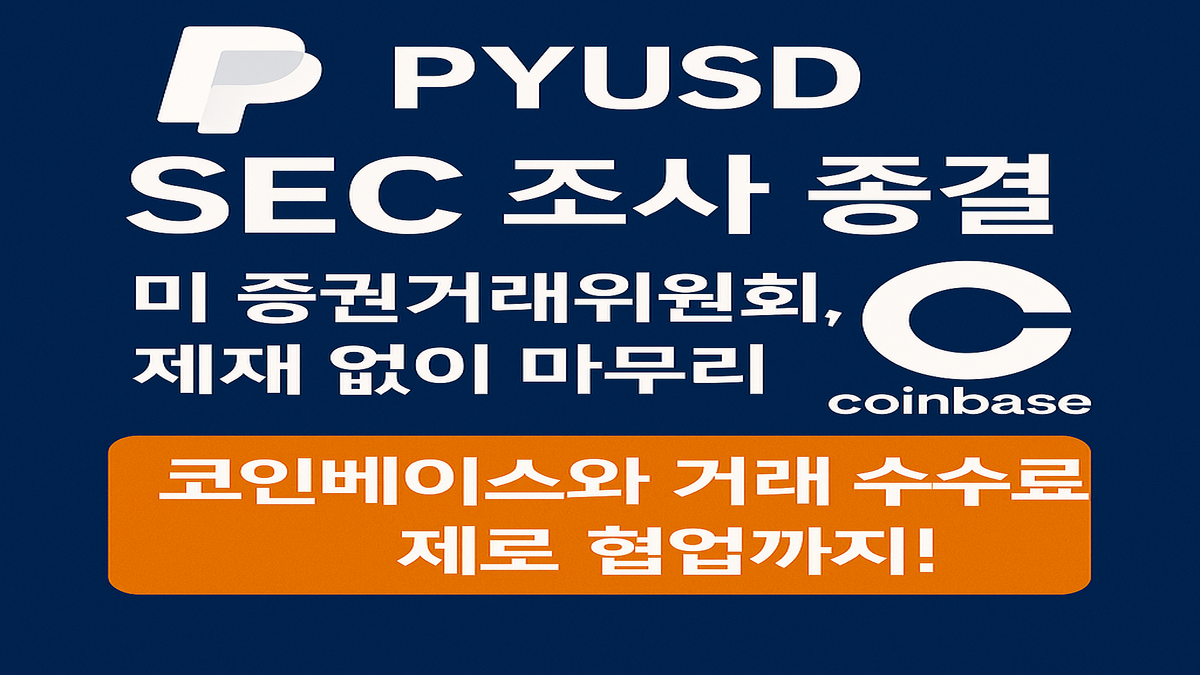[케이브릿지 미디어/Jay Son] Inflation-Proof Strategies for People and Policymakers are essential approaches designed to mitigate the adverse effects of rising prices on individuals and society.
As inflation erodes purchasing power, both citizens and decision-makers must adopt strategies that safeguard financial stability and promote economic resilience.
These strategies encompass a range of financial, economic, and policy measures aimed at sustaining living standards and fostering growth.
By understanding these strategies, readers will gain insights into practical steps they can take to protect themselves from inflation, as well as the broader implications for policymakers in creating effective economic frameworks.
Understanding Inflation and Its Impact on Society
The Nature of Inflation
Inflation refers to the general increase in prices and the decline in the purchasing power of money.
It is a complex economic phenomenon influenced by various factors, including supply and demand dynamics, monetary policy, and external shocks.
When inflation rises, consumers find that their money buys less than before, which can lead to reduced consumption and savings.
This decline in purchasing power affects all citizens, especially those on fixed incomes, who may struggle to afford basic necessities.
Historical Context of Inflation
Historically, inflation has played a significant role in shaping economic policies and societal structures.
For instance, the hyperinflation experienced in Germany during the 1920s led to severe economic instability and social unrest.
In contrast, periods of low and stable inflation, such as those seen in the late 20th century, often correlate with economic growth and prosperity.
Understanding these historical contexts allows individuals and policymakers to recognize patterns and prepare for potential inflationary pressures in the future.
The Psychological Effects of Inflation
The psychological impact of inflation can be profound.
As prices rise, consumers may experience anxiety and uncertainty about their financial future.
This can lead to a decrease in consumer confidence, which further exacerbates economic challenges.
Individuals may become more risk-averse, opting to save rather than spend, which can stifle economic growth.
Recognizing the psychological effects of inflation is crucial for developing strategies that not only address financial concerns but also foster a sense of stability and confidence in the economy.
Personal Finance Strategies for Inflation-Proofing
Diversifying Investments
One effective strategy for individuals to protect their wealth from inflation is to diversify their investments.
By spreading investments across various asset classes, such as stocks, bonds, real estate, and commodities, individuals can reduce their exposure to inflation risk.
For instance, real estate often appreciates in value during inflationary periods, providing a hedge against rising prices.
Additionally, commodities like gold and silver are traditionally viewed as safe havens during inflation, as their value tends to increase when the purchasing power of currency declines.
Increasing Financial Literacy
Enhancing financial literacy is another crucial component of inflation-proofing personal finances.
Understanding concepts such as inflation rates, interest rates, and investment options empowers individuals to make informed financial decisions.
Educational resources, workshops, and online courses can provide valuable insights into managing personal finances in an inflationary environment.
By becoming more financially literate, individuals can better navigate the complexities of inflation and implement effective strategies to safeguard their assets.
Budgeting and Expense Management
Creating a well-structured budget is essential for managing finances during inflation.
As prices rise, individuals must carefully track their expenses and prioritize essential needs.
This may involve cutting discretionary spending and seeking alternative options for goods and services.
For instance, individuals might consider shopping at discount retailers or exploring community resources for food and essentials.
By actively managing their budgets, individuals can maintain financial stability even in the face of rising costs.
Policymaking Strategies to Combat Inflation
Implementing Monetary Policy Adjustments
Policymakers play a crucial role in managing inflation through monetary policy adjustments.
Central banks can influence inflation rates by altering interest rates and controlling the money supply.
For instance, raising interest rates can help curb inflation by making borrowing more expensive and encouraging saving.
Conversely, lowering interest rates can stimulate spending and investment, which may be necessary during periods of economic stagnation.
Balancing these approaches is vital for maintaining economic stability and controlling inflation.
Promoting Supply Chain Resilience
Another critical strategy for policymakers is to promote supply chain resilience.
Disruptions in supply chains can lead to shortages and increased prices, exacerbating inflation.
By investing in infrastructure, enhancing logistics capabilities, and supporting local production, governments can create more robust supply chains.
This not only helps stabilize prices but also fosters economic growth and job creation.
Policymakers should prioritize initiatives that strengthen supply chains to mitigate inflationary pressures.
Encouraging Innovation and Productivity
Encouraging innovation and productivity is essential for long-term economic growth and inflation control.
Policymakers can support research and development initiatives, provide incentives for businesses to adopt new technologies, and invest in workforce training programs.
By fostering an environment conducive to innovation, governments can enhance productivity, which in turn can help keep prices stable.
A more productive economy is better equipped to handle inflationary pressures and sustain growth over time.
Utilizing Inflation-Linked Financial Instruments
Understanding Inflation-Linked Bonds
Inflation-linked bonds, such as Treasury Inflation-Protected Securities (TIPS), offer a way for individuals to safeguard their investments against inflation.
These bonds are designed to increase in value with rising inflation, ensuring that investors maintain their purchasing power.
By incorporating inflation-linked bonds into their investment portfolios, individuals can achieve a level of financial security that is less vulnerable to the erosive effects of inflation.
Exploring Inflation-Indexed Annuities
Inflation-indexed annuities are another financial instrument that can provide protection against inflation.
These products offer fixed payments that increase with inflation, ensuring that retirees maintain their purchasing power over time.
By considering inflation-indexed annuities as part of a retirement strategy, individuals can secure a steady income stream that adjusts for rising costs, providing peace of mind during inflationary periods.
Investing in Real Assets
Investing in real assets, such as real estate or commodities, can serve as a hedge against inflation.
Real estate often appreciates in value over time, while commodities like oil and agricultural products tend to rise in price during inflationary periods.
By diversifying into these asset classes, individuals can protect their portfolios from the negative impacts of inflation, ensuring that their investments retain value even as prices rise.
Community-Based Initiatives for Inflation Resilience
Supporting Local Businesses
Community-based initiatives that support local businesses can play a significant role in combating inflation.
By fostering a strong local economy, communities can reduce reliance on external suppliers and stabilize prices.
Encouraging residents to shop locally not only helps keep money within the community but also supports job creation and economic resilience.
Policymakers and community leaders should prioritize programs that promote local entrepreneurship and strengthen community ties.
Establishing Community Resource Centers
Establishing community resource centers can provide valuable support to individuals facing inflationary pressures.
These centers can offer services such as financial counseling, job training, and access to affordable goods.
By creating a network of resources, communities can empower residents to navigate the challenges posed by inflation.
Additionally, these centers can serve as hubs for information sharing, helping individuals stay informed about their rights and options during inflationary periods.
Fostering Cooperative Models
Cooperative business models can also contribute to inflation resilience.
By pooling resources and sharing costs, cooperatives can provide goods and services at lower prices than traditional businesses.
This collaborative approach not only supports local economies but also fosters a sense of community and mutual support.
Policymakers should consider incentivizing cooperative initiatives as a means of enhancing economic stability and resilience in the face of inflation.
The Role of Education in Inflation Awareness
Curriculum Development for Financial Education
Integrating financial education into school curricula is essential for preparing future generations to navigate inflation.
By teaching students about inflation, budgeting, and investment strategies, educators can equip them with the knowledge needed to make informed financial decisions.
This proactive approach can foster a culture of financial literacy, empowering individuals to better manage their finances throughout their lives.
Community Workshops and Seminars
Community workshops and seminars focused on inflation awareness can provide valuable resources for individuals seeking to understand and mitigate its effects.
These events can cover topics such as budgeting, investment strategies, and inflation trends.
By fostering open discussions and sharing practical tips, communities can empower residents to take control of their financial futures and build resilience against inflation.
Utilizing Digital Platforms for Education
Digital platforms offer an innovative way to disseminate information about inflation and personal finance.
Online courses, webinars, and social media campaigns can reach a wide audience, providing accessible resources for individuals seeking to enhance their financial literacy.
By leveraging technology, educators and policymakers can create engaging content that resonates with diverse demographics, ensuring that inflation awareness reaches all members of society.
Long-Term Economic Policies for Inflation Control
Sustainable Fiscal Policies
Implementing sustainable fiscal policies is crucial for long-term inflation control.
Governments should focus on maintaining balanced budgets and reducing public debt to prevent inflationary pressures.
By prioritizing fiscal responsibility, policymakers can create a stable economic environment that fosters growth and minimizes the risk of inflation.
Sustainable fiscal practices also enhance investor confidence, which is vital for economic stability.
Enhancing International Trade Relations
Strengthening international trade relations can help mitigate inflation by increasing competition and reducing prices.
Policymakers should pursue trade agreements that promote fair competition and open markets.
By fostering a global economy that encourages trade, countries can benefit from lower prices and increased access to goods and services.
This approach not only supports consumers but also enhances economic growth and resilience.
Investing in Renewable Energy
Investing in renewable energy sources can contribute to long-term inflation control by reducing dependence on volatile fossil fuel markets.
Transitioning to sustainable energy solutions can stabilize energy prices and enhance energy security.
Policymakers should prioritize investments in renewable energy infrastructure and technologies to create a more resilient economy that can withstand inflationary pressures.
Conclusion
Inflation-Proof Strategies for People and Policymakers encompass a wide range of approaches aimed at mitigating the detrimental effects of rising prices.
By understanding the nature of inflation, adopting personal finance strategies, implementing effective policymaking measures, and fostering community initiatives, individuals and governments can build resilience against inflation.
Education plays a vital role in equipping citizens with the knowledge needed to navigate inflationary challenges.
Ultimately, a collaborative effort between individuals, communities, and policymakers is essential for creating a sustainable economic environment that withstands the pressures of inflation.







